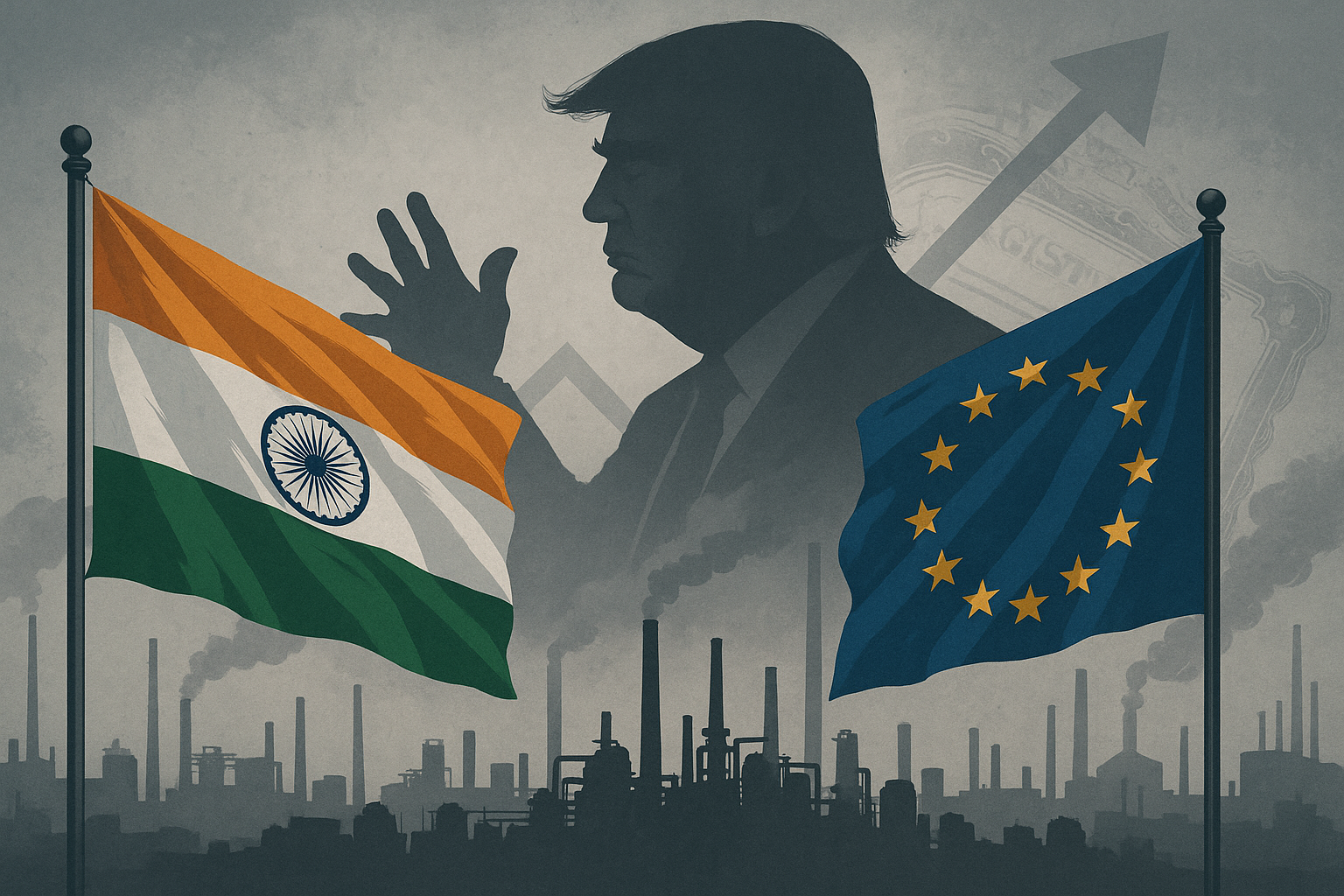President Donald Trump has made it clear he has no plans to ease tariffs on India. The United States recently doubled duties on Indian imports to 50% as punishment for New Delhi’s continued purchases of Russian oil. Trump argued that India had long maintained one of the most one-sided trade relationships in the world, with some of the highest levies on American goods. He acknowledged strong ties with India but insisted that Washington had reached a breaking point on trade imbalances. The tariffs, which cover more than half of India’s exports to the U.S., shocked policymakers in New Delhi and highlighted the deep friction between economic cooperation and geopolitical rivalry.
India has defended its position, arguing that Russian oil keeps its energy prices stable. Officials in New Delhi called the tariffs unfair and vowed to continue buying Russian energy as long as it remains cost-effective. They also launched a challenge at the World Trade Organization against separate U.S. duties on copper products. Trump, however, warned of further measures if Russia failed to show progress on peace talks with Ukraine. Still, signs of compromise remain. India’s Commerce Minister Piyush Goyal said he hopes to secure a trade deal with Washington by November, underlining that both nations want to avoid long-term damage to their economic relationship.
Stocks, Treasurys, and Trump’s Tariffs
Trump has linked the health of U.S. markets directly to his tariff strategy. He recently pledged to seek a Supreme Court ruling after an appeals court declared many of his tariffs illegal. According to him, stocks “need the tariffs” to stay strong, though history shows mixed results. Markets slumped after his initial tariff announcements but rallied when levies were paused. The claim reflects Trump’s broader message that protective duties bolster national industry, even if investors sometimes react otherwise.
The real connection, however, may lie with Treasurys. Yields on 30-year bonds touched near 5% as investors feared tariff revenues could shrink if court rulings blocked collections. Higher yields reflect concerns about the U.S. fiscal deficit, which remains wide despite tariff inflows. For investors, this highlights how trade wars can ripple far beyond industry and into government financing. As Washington leans heavily on debt markets, the balance between tariffs, treasury income, and fiscal credibility will remain under scrutiny.
Europe’s Chemicals Industry Faces a Tariff Shock
While India negotiates its own challenges, Europe’s chemicals industry is suffering direct damage from U.S. tariffs. The sector, valued at more than €650 billion, is one of the continent’s largest exporters. Already weakened by soaring energy prices after Russia’s invasion of Ukraine, European producers now face new uncertainty as U.S. levies disrupt trade flows. Automakers, machinery makers, and consumer goods companies—all major customers of chemicals—have cut back orders, causing revenues to drop across the sector. Analysts expect third-quarter earnings for European chemical companies to fall again, continuing a sharp decline from earlier in the year.
Industry giants such as BASF, Brenntag, and Lanxess can rely on their U.S. presence to cushion the blow, but even they report weaker demand. Customers are shortening their order timelines, signaling caution and reluctance to commit amid global volatility. Smaller players, such as specialty producers, face more severe setbacks. Some lost deals with U.S. partners who pulled back in fear of higher costs. For a sector that exports about €40 billion of goods to the United States each year, tariffs have become a painful obstacle to recovery.
A Shifting Global Trade Landscape
The combined impact of Trump’s tariffs on India and Europe underscores the deep shifts taking place in global trade. For India, the challenge lies in balancing energy security with access to the U.S. market. For Europe, the risk is losing competitiveness in chemicals to Asian rivals while struggling with high production costs at home. In both cases, tariffs are forcing industries to rethink supply chains and investment strategies.
At the same time, treasury markets show how closely trade policy ties into government finance. If tariffs shrink, Washington must lean even more heavily on debt markets. Investors are already demanding higher yields, reflecting growing skepticism about America’s fiscal path. Together, these forces create a feedback loop where tariffs influence not just industries but also government borrowing and global confidence.
Trump’s trade policies remain polarizing, but their impact is undeniable. India, Europe, and the wider global economy are adjusting to an environment where tariffs shape decisions at every level—from oil purchases to chemicals orders to treasury yields. The next round of negotiations and court battles will decide whether this tariff-driven era hardens into permanence or shifts toward compromise.
